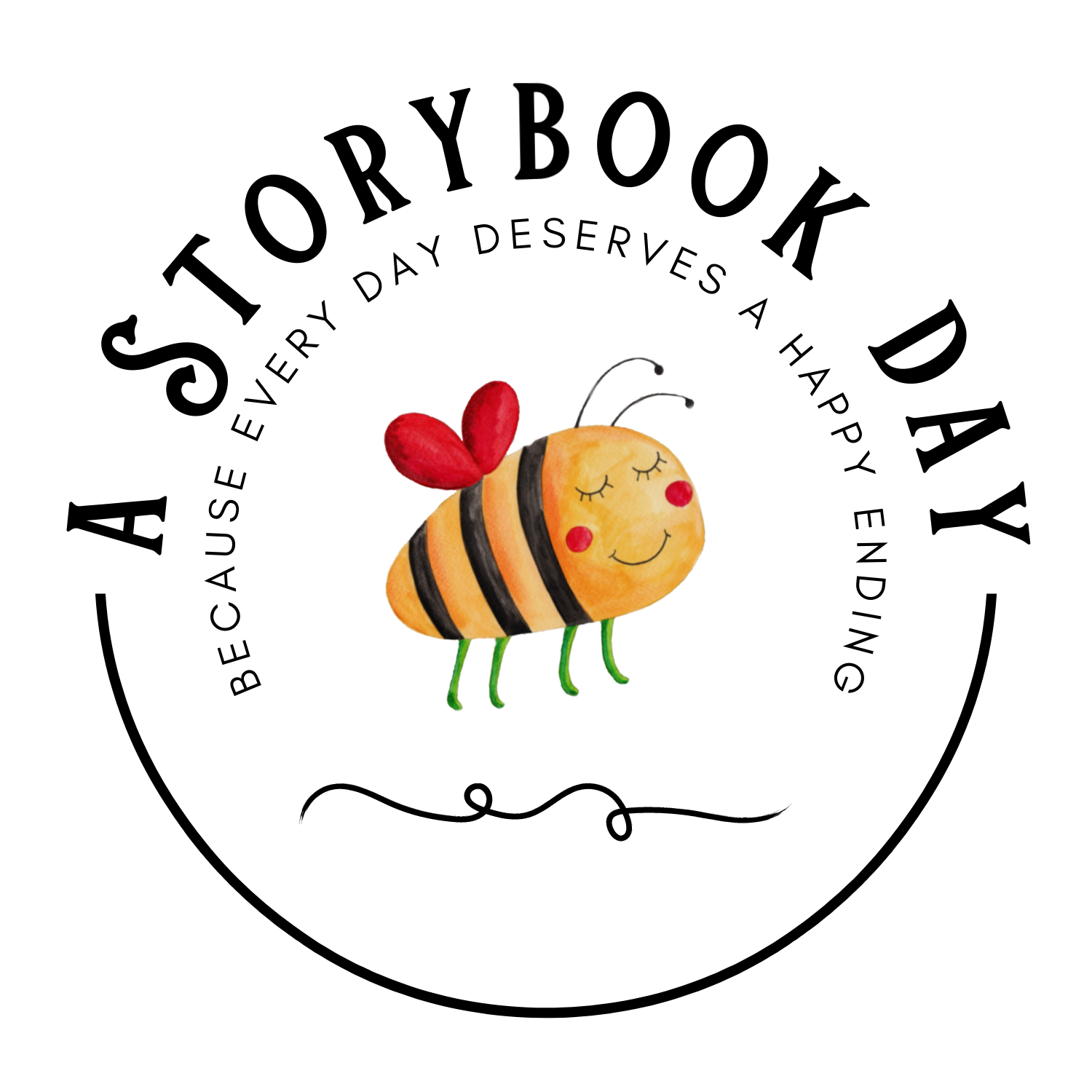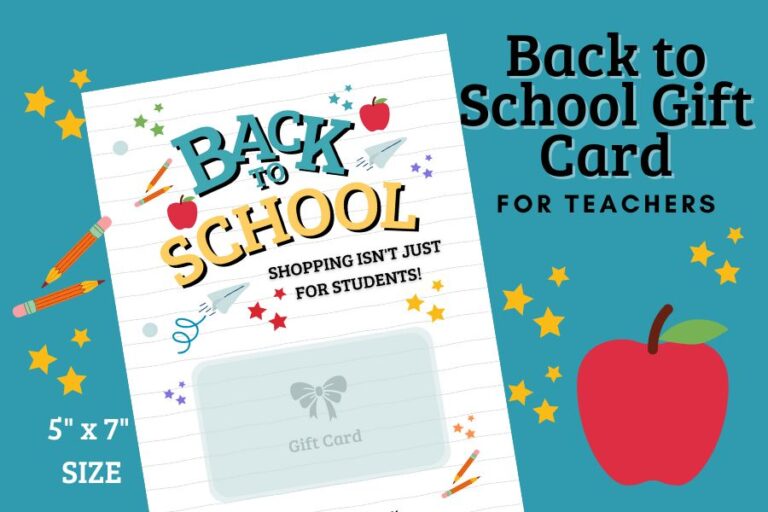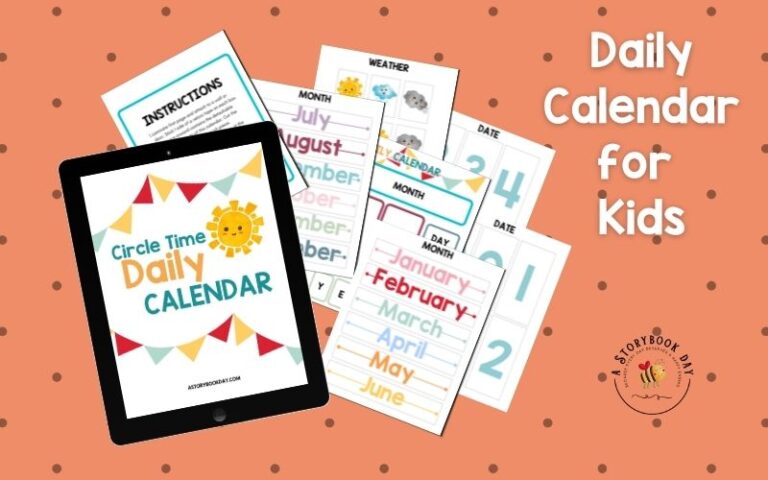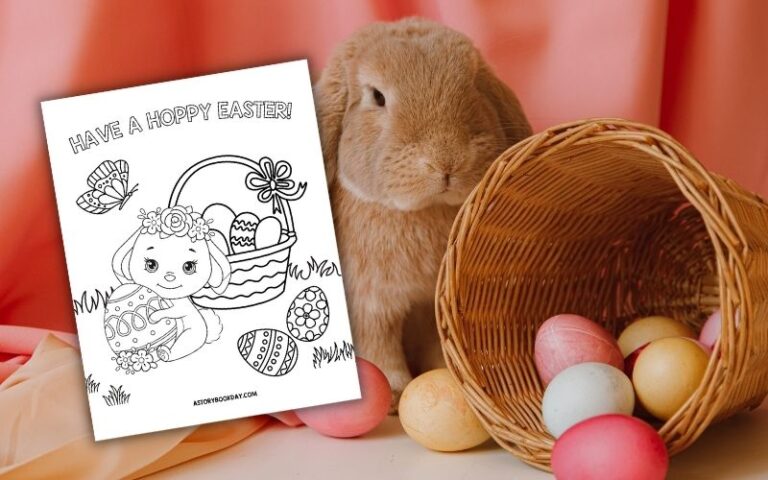How to Teach Your Child Manners
Good manners are essential skills for a child’s success in life. Teaching your child manners from an early age will help them develop into polite, respectful adults. Kindness and respect are so important! In this blog post, we’ll discuss some tips and tricks for how to teach your child manners. We will also provide some helpful resources to get you started!

Teaching your child manners can feel like a challenge, but it’s so important for their development and future success!
Raising a well-mannered child is one of the most rewarding things you can do as a parent. Not only will they be more pleasant to be around, but they’ll also have better social interactions with others. Help your child become the best person they can be by teaching them manners from an early age.
How to Teach Kids Manners from an Early Age
As parents, we want our children to grow up and treat others with respect. Teaching manners from a young age is so important and helps them to learn to respect everyone and treat others with kindness.
At what age should you start teaching kids about manners?
Children soak up everything around them. You can begin teaching your children manners by simply treating them with respect and kindness. This is where it starts! You want them to see you demonstrating what it means to be a respectful, kind person so they’ll learn by example.
And you can certainly begin teaching specific manners to your child as soon as he or she is able to talk. It’s never too early! In fact, some parents will start teaching their infants sign language for words such as “please and thank you” to help them communicate before they are able to speak.
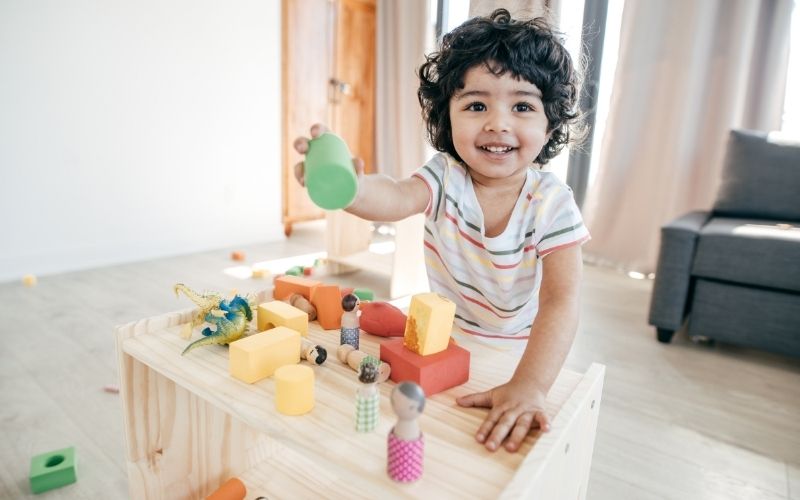
What are the best manners to start teaching your child at a young age?
Most manners can be taught and implemented right from the very beginning, but some of the more common manners to begin teaching are:
Please and Thank You
These are the first two manners most parents teach their children. Even babies can learn to sign please and thank you!
Say Excuse Me
This is often the second type of manner parents teach their children. You can start by teaching your child to say “excuse me” when they burp, sneeze, or accidentally bump into someone.
Smile and Be Thankful
Children can begin appreciating anything and everything at an early age. You may start a routine where you express one thing you are grateful for each night. They may say the same thing every time, but they will eventually understand the lesson.
Making Eye contact
If your child is older and can focus better, try instructing him or her to look you in the eyes when speaking with you and when talking to you. This is a sign of respect in some cultures but not in others. Even if you don’t do it this way, inform them that other cultures practice it so that they are aware.
Be Kind to Others
This should be a constant in your child’s life. While toddlers will struggle and not comprehend everything, this is an important lesson that you’ll teach them throughout their lives. When they’re young, don’t punish them; instead, explain the concept and then continue working on it as part of your everyday lives.
Sportsmanship
Teach your kids how to be a good sport as they become older. While this may be taught to toddlers, it is doubtful that it will stick with them. Mention it from time to time, but make an effort to enforce it more when they are in school.
Respect Personal Space
This is a big one, especially in today’s world. We want our children to understand that it’s not okay to invade someone’s personal space without permission.
Be Polite During Meals
Mealtime is a great opportunity to teach your child about table manners. Show them how to sit properly at the table, how to use utensils, and how to chew with their mouths closed.
Use Your Napkin
Another common manner that parents teach their children is using a napkin while eating. This one can be started as soon as your child starts eating solid foods!
Be Careful With Words
We want our children to learn that words can hurt. They need to be careful with the words they choose and how they speak to others. No name-calling or put-downs!
Listen When Others Are Speaking
Teach your child the importance of listening to others. This includes not talking over someone else, waiting their turn to speak, and being attentive when someone is speaking to them.

How to Teach Kids Manners
If you’re unsure how to teach manners, here are nine tried-and-true methods for getting started with your kids!
#1 Start Young
The earlier you begin, the simpler it is for them to grasp. They won’t know otherwise if you consistently show manners with them because they will not have known otherwise. This does not imply, however, that you are doomed if you have older children.
It’s never too late to teach good manners. It might take longer to instill good manners as your children get older. But you can accomplish it! Keep working hard on etiquette in your home and don’t give up. Your kids will eventually learn how to be polite, and you’ll thank yourself for starting when you did.
#2 Lead by Example
Your conduct plays an important role in instilling good behavior in youngsters. If they see you not using your manners, they will most certainly do the same. Make sure to always say please and thank you, no matter what!
#3 Praise Good Manners
Make sure to compliment your youngster when they use good etiquette. Every time you first start teaching, compliment their polite behavior. Then, as they get better at it, you don’t have to praise them every single time.
#4 Role Play
Role-playing is another great strategy to help teach your children good manners. Role play works better with older children since they have a greater grasp on the subject and can really get into it.
Choose a scenario that you’d want them to focus on. After modeling the behavior, have them repeat it.
#5 Age Appropriate
Remember that manners get better as your child matures. Toddlers can’t be expected to have the level of manners that an adolescent has. We all want our children to be respectful, but toddlers may not fully understand what that means.
You can encourage and practice good manners as much as possible, but don’t get upset if your young child isn’t developmentally ready for everything you’d like to eventually see in their behavior.
You can always encourage polite behavior, but you cannot force it.
#6 Playdate
Many good behaviors begin with interacting with others. So, scheduling a playdate is a great idea! This will help your little ones learn how to talk, be nice to people, share, and have good sportsmanship. When difficulties arise during the playdate, wait before you step in to see if they can resolve the issue on their own. This will help your children in problem-solving and resolving issues on their own.
#7 Lots of Rest
Children require a lot of sleep. They are happier and more polite when they have had enough rest. It’s considerably more difficult to educate a crying or angry kid than one who is calm and rested. Make sure your children get plenty of rest during the day so that they can perform at their best!
#8 Show Your Child Respect
If you want your child to be respectful, it really begins with you showing them respect. While they may not always treat you the way you’d like to be treated, they still deserve your respect – especially as they get older. They will notice the difference and begin to earn your respect as well.
#9 Don’t Try To Force It
It is impossible to force your children to be polite. The more you pressure them, the less interested they will be in attempting to be polite. Instead, simply encourage them as much as possible and then relax. Do your best and that’s all that matters!

How can I help my child remember his or her manners?
One way to help your child remember his or her manners is by using a manners chart. You can create one together and hang it up in a visible spot in your home. Every time your child uses good manners, he or she can get a sticker for the chart. Once the chart is full, you can reward your child with a special treat!
You can also try using positive reinforcement when your child demonstrates good manners. This could be in the form of verbal praise, hugs, or even a small treat.
What are some other helpful resources for teaching kids manners?
Here are a few additional resources to help you teach your child good manners:
- Emily’s Magic Words: Please, Thank You, and More – It takes only a few magic words to have good manners. Let please, thank you, and excuse me act as your magic wand. Just by waving around these simple phrases, you can open doors, bring smiles to faces, and make friends.
- How to Be a Friend: A Guide to Making Friends and Keeping Them – With playful full-color illustrations, Laurie Krasny Brown and Marc Brown help kids cope with everyday social situations and learn: who can be your friend, how to show someone you would like to be friends, the best ways to be a friend and ways not to be a friend, and more!
- Emily Post’s The Guide to Good Manners for Kids – This book is full of the simple, practical advice that Emily herself would have offered. Written with kids in mind and full of bold illustrations, emily post’s the guide to good manners for kids is a reference guide that children will use and parents can trust.
Hopefully, these tips will help you successfully teach your children manners. Be as consistent as possible, and don’t give up. Your children will eventually learn and use their manners, and you will be so glad you taught them when you did!
